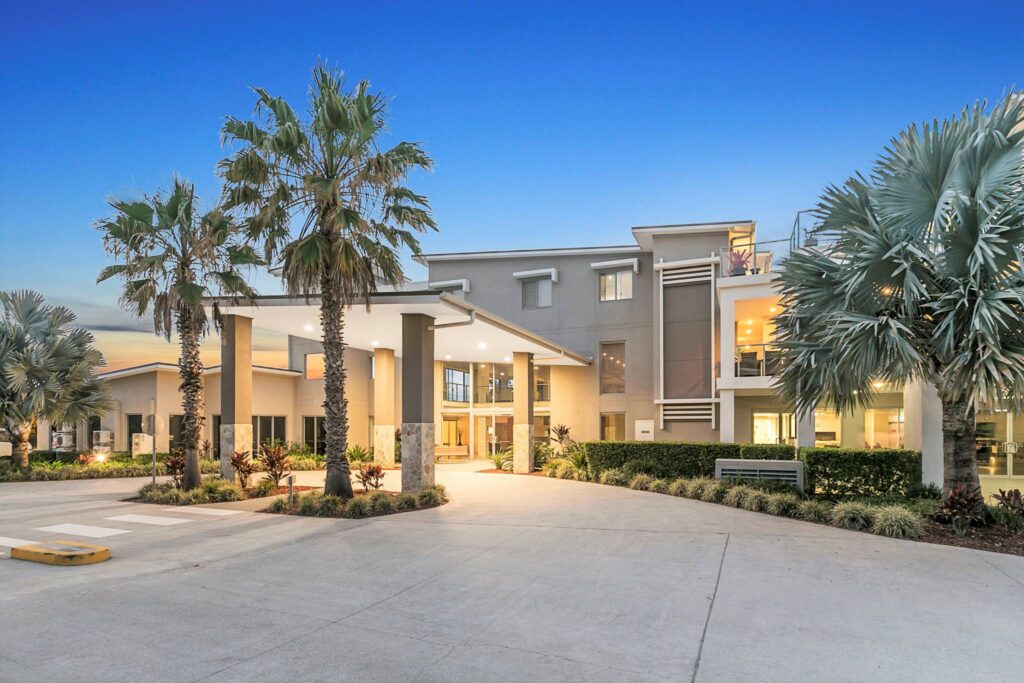The search for ideal retirement accommodations requires thoughtful consideration of numerous factors beyond basic housing requirements. Melbourne’s mature adult communities have evolved considerably, now offering sophisticated living arrangements designed specifically around the needs and preferences of older adults. When investigating over 55 retirement villages in melbourne, prospective residents should evaluate not merely physical infrastructure but the holistic living experience, including social engagement opportunities, governance structures, healthcare integration, and financial sustainability. This comprehensive analysis explores essential considerations for identifying communities that genuinely foster connection, purpose, and enhanced quality of life for those transitioning into this significant life phase.
Evaluating Community Design and Physical Infrastructure
Forward-thinking retirement villages incorporate contemporary design principles supporting both independence and connection. Assess accessibility features including stepless entries, wider doorways, and bathroom modifications that accommodate changing mobility needs. Superior communities implement universal design elements seamlessly rather than as obvious afterthoughts. Examine communal spaces noting their proportion to private residences – generous, well-designed common areas typically indicate commitment to fostering interaction. Landscape design influences both aesthetic enjoyment and practical usability; look for walking paths with appropriate rest points, garden areas accommodating various physical capabilities, and thoughtful integration of natural elements promoting wellbeing. Climate considerations become increasingly important; investigate heating and cooling systems in both private and communal spaces.
Governance Structure and Resident Empowerment
Progressive retirement communities establish meaningful resident participation in operational decisions. Investigate whether formal resident committees exist, their scope of influence, and management responsiveness to feedback. Request examples of policy changes resulting from resident input. Communities with transparent communication systems regarding financial decisions, maintenance planning, and service adjustments typically demonstrate stronger governance models. Villages publishing regular performance metrics show commitment to accountability. The frequency and format of community meetings indicate administrative accessibility. These governance characteristics significantly influence resident satisfaction and community stability, often revealing the underlying philosophical approach of management regarding resident autonomy.
Technological Integration and Future-Focused Infrastructure
Leading retirement villages incorporate technology enhancing both safety and lifestyle quality. Evaluate emergency response systems including activation methods, staff response protocols, and backup procedures during power outages. Communities installing infrastructure supporting telehealth demonstrate awareness of evolving healthcare delivery. High-speed internet access becomes increasingly essential for maintaining family connections and accessing services. Forward-thinking villages implement adaptive technologies supporting independence despite physical limitations. Technology learning opportunities indicate recognition of residents’ diverse digital literacy levels. Villages planning infrastructure upgrades accommodating emerging technologies demonstrate commitment to maintaining contemporary standards rather than merely meeting current minimums.
Service Flexibility and Personalization Options
Exceptional retirement communities recognize residents’ diverse preferences and changing needs. Investigate whether service packages offer genuine customization or merely tiered standardized options. Meal programs demonstrating nutritional expertise while accommodating personal preferences indicate quality service orientation. Transportation services should ideally offer both scheduled routes and individualized options. Housekeeping services with adjustable frequencies demonstrate responsiveness to resident preferences. Communities facilitating access to external service providers when internal options prove insufficient show flexibility prioritizing resident satisfaction over operational convenience. These adaptability indicators often reflect broader organizational culture regarding resident-centered approaches.
Intergenerational Engagement Opportunities
Progressive retirement villages establish meaningful connections with broader communities. Programs bringing children and young adults into the village for structured interaction demonstrate commitment to fighting age segregation. Partnerships with educational institutions, volunteer organizations, and cultural groups indicate outward-facing philosophy. Villages facilitating resident involvement in community service demonstrate understanding of older adults’ continued desire for purpose and contribution. These connections benefit residents through stimulating diverse interactions while simultaneously challenging societal perceptions about aging. Communities incorporating these elements typically create more vibrant, engaging environments supporting multifaceted well-being throughout the retirement years.






